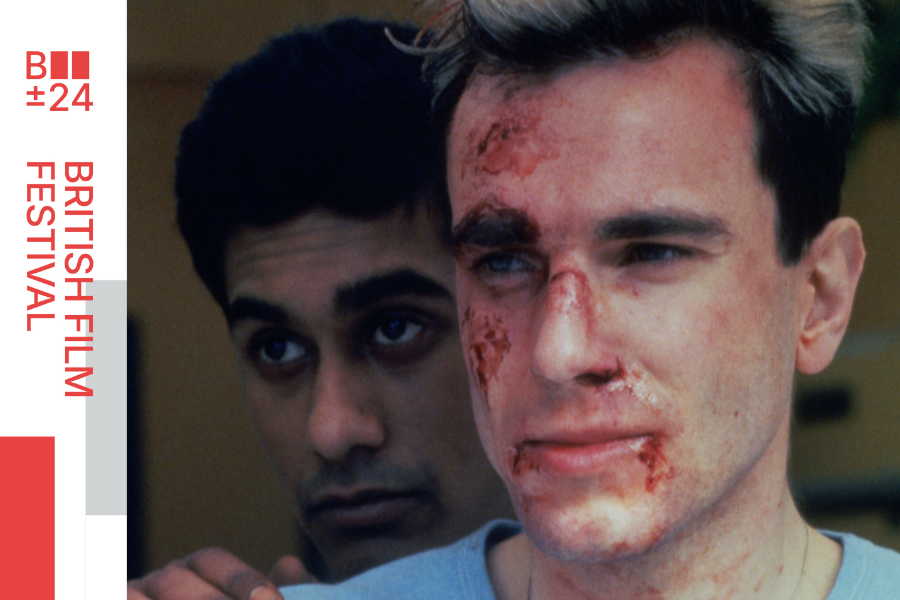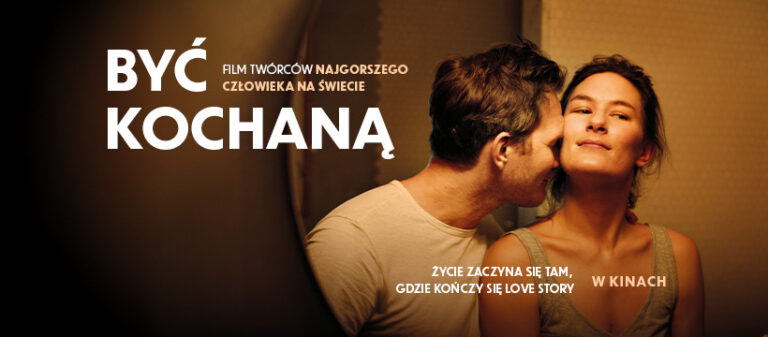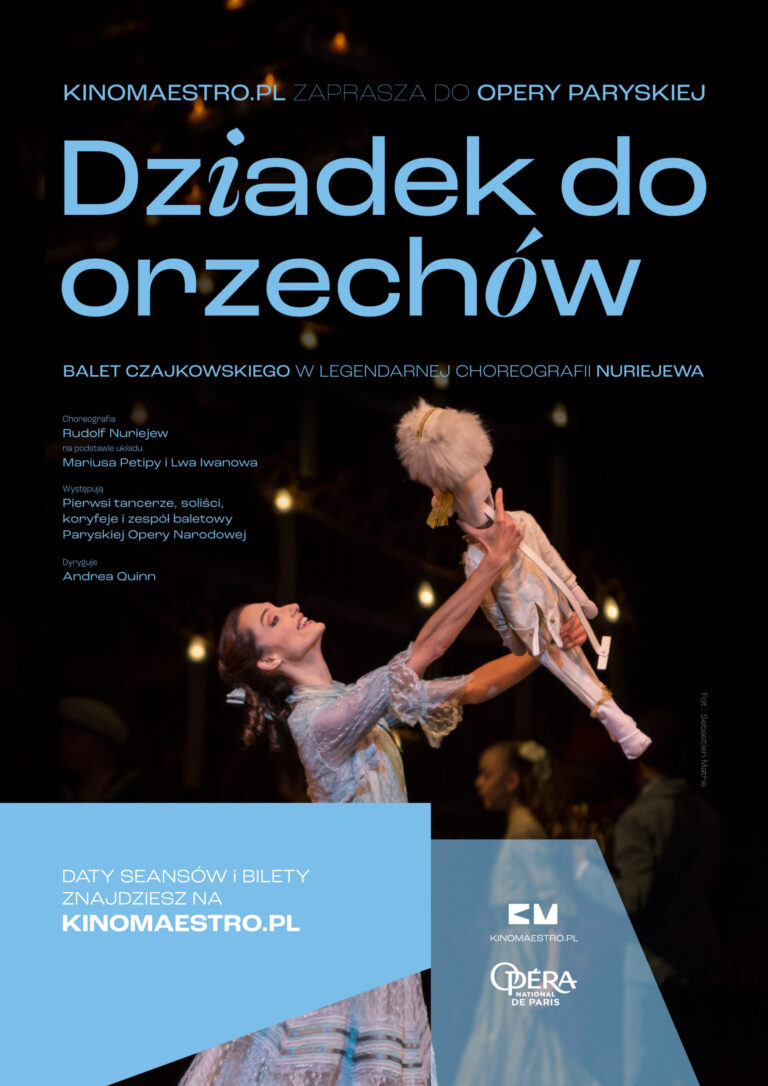
[PL]
Romans Omara, Londyńczyka pakistańskiego pochodzenia (który ma dowieść swej przedsiębiorczości, wyciągając z ruiny jedną z rodzinnych pralni samoobsługowych) i jego kumpla z dzieciństwa, Johnny’ego, dumnego ze swego białego koloru skóry ulicznika sympatyzującego z Frontem Narodowym. A wszystko to na tle ponurej rzeczywistości głębokiego Thatcheryzmu, kiedy rasizm, homofobia i klasizm miały się doskonale. MOJA PIĘKNA PRALNIA to wspólne dzieło reżysera – młodego Stephena Frearsa, który za chwilę miał się stać jednym z najważniejszych brytyjskich filmowców, oraz Hanifa Kureishi, scenarzysty, wówczas u progu wielkiej literackiej kariery. To film przełomowy także dla Daniela Day-Lewisa, wcielającego się w rolę Johnny’ego.
Frears i Kureishi nie boją się kontrowersji. Odwracają zwyczajowy porządek kojarzony z latami 80.: tu przedsiębiorczość jest reprezentowana przez dynamicznych Pakistańczyków, nie angielską klasę średnią. Biali Anglicy zostają natomiast ukazani jako underclass, wyładowująca swoje frustracje w agresji i ulicznych bójkach. Subwersywność filmu idzie dalej, bezlitośnie punktując wszystkie (nawet te pozytywne) stereotypy w postrzeganiu każdej z prezentowanych grup. Bawiąc się konwencją komedii i zgrzebnego realizmu społecznego, twórcy stworzyli dzieło radykalne w swej wymowie, nie oszczędzające nikogo. Jego głównym tematem jest kwestia tożsamości i jej nieoczywistości. Celem – rozbicie sztywnych wyobrażeń oraz pokazanie politycznego wymiaru Inności.
[ENG]
The romance between Omar, a Londoner of Pakistani descent (who has to prove his entrepreneurial spirit by pulling one of his family’s self-service laundries out of ruin) and his childhood pal Johnny, a proudly white streetwalker sympathetic to the National Front. And all of this set against the grim reality of deep Thatcherism, when racism, homophobia and classism were perfectly fine.
MY BEAUTIFUL LAUNDRETTE is a collaborative effort between the director, a young Stephen Frears, who was about to become one of Britain’s most significant filmmakers, and Hanif Kureishi, a screenwriter then on the threshold of a major literary career. It is a landmark film, especially for Daniel Day-Lewis, who portrays the character of Johnny.
Frears and Kureishi are not afraid of controversy. They reverse the usual order associated with the 1980s: here, entrepreneurship is represented by dynamic Pakistanis, not the English middle class. The white English are instead portrayed as underclass, venting their frustrations in aggression and street brawls. The film’s subversiveness goes further, mercilessly scoring all (even the positive ones) stereotypes in the perception of each group presented. Playing with the conventions of comedy and gritty social realism, the filmmakers have created a work that is radical in its message and spares no one. Its main theme revolves around the complexity of identity and its ambiguity, aiming to dismantle rigid perceptions and reveal the political dimension of Otherness.
„Ścieżki życia” to inspirowana prawdziwymi wydarzeniami poruszająca i pełna nadziei opowieść o dojrzałej miłości, która okazuje się silniejsza niż życiowe kryzysy. Film, który zdobył serca widzów w całej Europie, zachwyca szczerością oraz prostotą, z jaką mówi o sprawach najważniejszych. To historia, która podnosi na duchu i przypomina, że nawet po największej burzy można odnaleźć spokój – jeśli idzie się razem.
Raynor (Gillian Anderson) i Moth (Jason Isaacs), małżeństwo z wieloletnim stażem, w jednej chwili tracą niemal wszystko – dom, bezpieczeństwo, dotychczasowe życie. Zamiast się poddać, robią coś, co dla wielu byłoby szaleństwem: wyruszają w pieszą wędrówkę – ponad tysiąc kilometrów wzdłuż dzikiego, angielskiego wybrzeża. Z pustym kontem bankowym, namiotem i garścią najpotrzebniejszych rzeczy idą przed siebie, krok za krokiem, szukając ukojenia w wietrze, ciszy i otaczającej ich przyrodzie. Wkrótce odkryją, że mimo przeszkód, które los rzucił im pod nogi, wciąż mają najważniejsze – siebie nawzajem. Ta niezwykła podróż stanie się dla nich drogą ku wolności, miłości i nowemu początkowi.
"André Rieu. Wesołych Świąt!" - Najnowszy koncert bożonarodzeniowo-noworoczny
Zobacz z najbliższymi nowy bożonarodzeniowo-noworoczny koncert André Rieu i jego Orkiestry Johanna Straussa! Najnowsze kinowe widowisko króla walca nosi tytuł „Wesołych Świąt!” i przeniesie Was w prawdziwie magiczny świat świątecznej muzyki i radości. Usłyszycie najpiękniejsze kolędy, cudowne walce i polki oraz bożonarodzeniowe hity. A Emma Kok zaśpiewa dla Was „Mam tę moc” z filmu „Kraina lodu”. To wszystko i inne muzyczne niespodzianki rozgrzeją Wasze serca i wprowadzą Was w atmosferę Bożego Narodzenia oraz Nowego Roku.
Boże Narodzenie i Nowy Rok od zawsze były ulubionym czasem André. Nic więc dziwnego, że z ogromną radością dzieli się on co roku swoim wyjątkowym świątecznym show, nie tylko z publicznością, która na żywo podziwia jego grudniowe występy w Maastricht, ale także z widzami zgromadzonymi w kinach całego świata. To sprawia, że jego świąteczne koncerty ogląda milionowa publiczność.
Maestro wraz ze swoją fenomenalną Orkiestrą Johanna Straussa jak zawsze przygotował widowisko pełne ciepła, śmiechu i emocji. Wśród zaproszonych gości znalazła się fenomenalna Emma Kok, która już podbiła serca publiczności na całym świecie. Na estradę zaś wkroczy 400-osobowa orkiestra dęta, która wykona tradycyjną pieśń „Go Tell It on the Mountain”. Muzycy ci także wesprą swym majestatycznym brzmieniem Annę Reker, która zaśpiewa kolędę „Dzwoneczków dźwięk”.
To coś więcej niż zwykły świąteczny koncert. To pełne muzycznych prezentów i przesycone magiczną atmosferą Bożego Narodzenia kinowe wydarzenie, które na długo pozostanie w pamięci Twojej i Twoich najbliższych.
„Być kochaną” – nowy film producentów „Najgorszego człowieka na świecie” – przewrotnie przypomina, że najważniejsza z miłości to ta, którą obdarzamy siebie samych. Czerpiąc z własnych doświadczeń, debiutująca w pełnym metrażu Lilja Ingolfsdottir stworzyła wielowymiarową opowieść o kobiecie, która po porażce pierwszego związku ma odwagę dać sobie drugą szansę. Wyróżniony aż pięcioma nagrodami na festiwalu w Karlowych Warach oraz niekwestionowany zwycięzca norweskiego odpowiednika Oscarów, „Być kochaną” urzeka empatią i szczerością w stawianiu pytań o miłość, bliskość i samoakceptację.
Maria (Helga Guren) wchodzi w kolejną relację z nadzieją na nowy początek. Wystarczy jedno spojrzenie i czuje się, jakby znała Sigmunda (Oddgeir Thune) całe życie, a namiętny romans szybko przeradza się w poważny związek. Historia w „Być kochaną” zaczyna się tam, gdzie kończy się większość love stories. Codzienność w patchworkowej rodzinie szybko ujawnia niespełnione ambicje, niewyrażone uczucia i sprzeczne potrzeby, które kumulują się w emocjonalną bombę – a ta pewnego wieczoru wybucha.
W „Być kochaną” przejrzy się wiele kobiet, które starają się pogodzić bycie partnerką i matką, bez rezygnowania z siebie. Empatyczny, ale stawiający na szczerość, pełen gniewu i łez, a jednak terapeutyczny film Norweżki proponuje głęboką refleksję nad tym, kim jesteśmy w relacjach i z czego rezygnujemy, próbując sprostać cudzym oczekiwaniom. „Być kochaną” pozwala jednak uwierzyć w kolejną szansę, widząc w kryzysie początek pięknej, nowej relacji: ze sobą.
Dziadek do orzechów
Balet Piotra Czajkowskiego
w klasycznej choreografii Rudolfa Nuriejewa
Retransmisja z Paryskiej Opery Narodowej [Opéra national de Paris]
Prezentowany przez nas spektakl Dziadka do orzechów jest bardzo stary, a zarazem bardzo nowy. Powstał w Operze Paryskiej w 1985 roku, ale do dziś jest grany z wielkim powodzeniem, bawiąc i wzruszając kolejne pokolenia paryskich widzów. My zaprezentujemy wersję nagraną podczas bezpośredniej transmisji na żywo tego spektaklu do kin całego świata, która będzie miała miejsce w grudniu tego roku.
Autorem niedoścignionej choreografii tego barwnego przedstawienia jest nieżyjący już Tatar Rudolf Nuriejew, jeden z najwybitniejszych tancerzy XX wieku, który niedługo po swojej ucieczcie z ZSRR został dyrektorem zespołu baletowego Opery Paryskiej. Stworzył tu wiele baletów, które grane są w Paryżu do dziś. Nuriejew swoją wersję Dziadka do orzechów oparł na klasycznym układzie Mariusa Petipy i Lwa Iwanowa.
W wielu krajach nie ma Bożego Narodzenia bez gwiazdkowego spektaklu Dziadka do orzechów. Choć prapremiera tego arcydzieła odbyła się w Petersburgu w dniu Świętego Mikołaja, 6 grudnia 1892 roku, to tradycja gwiazdkowa towarzysząca temu baletowi powstała niemal pół wieku później, w Stanach Zjednoczonych. Choć dziś, inaczej niż za czasów Czajkowskiego, tytuł ten jest kierowany głównie do młodszych widzów, to nadal pozostaje jednym z najpoważniejszych arcydzieł klasycznego baletu.
Oparty na opowieści modnego wówczas fantastycznego pisarza E. T. A. Hoffmanna Dziadek do orzechów miał wykorzystywać zainteresowanie elit fantastyką. Tymczasem okazał się wspaniałym spektaklem familijnym. Mali widzowie odnajdą w nim baśniową historię małej Klary, która dzięki dobremu sercu i odwadze wyzwala spod czaru księcia zaklętego w dziadka do orzechów. Piotr Czajkowski napisał do tego baletu przepiękną muzykę, skrzącą się łatwo wpadającymi w ucho tematami i oryginalną orkiestracją (harmonika szklana naśladująca padający śnieg). Dodatkowym atrakcją jest udział dziecięcego chóru Śnieżynek.



